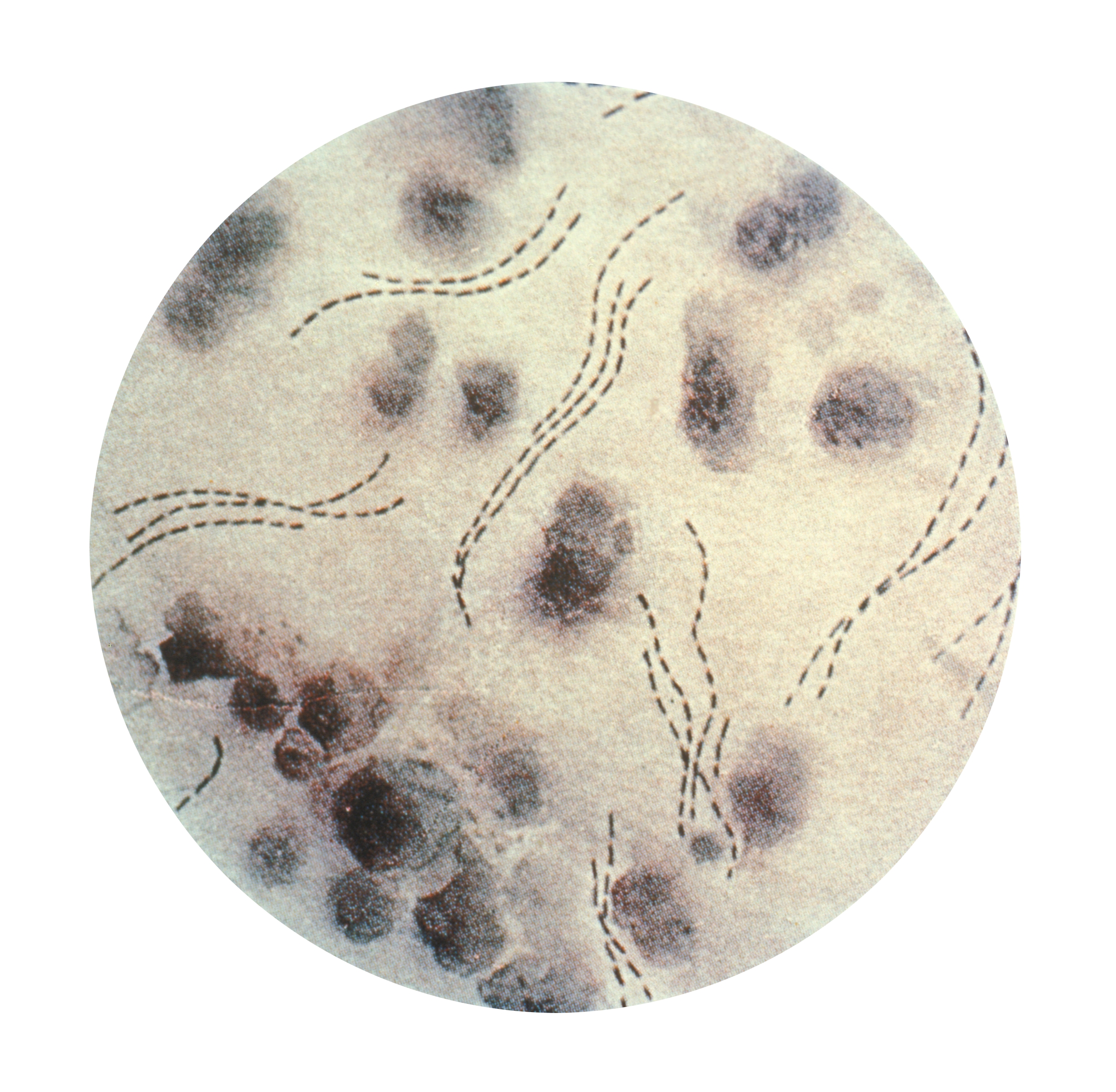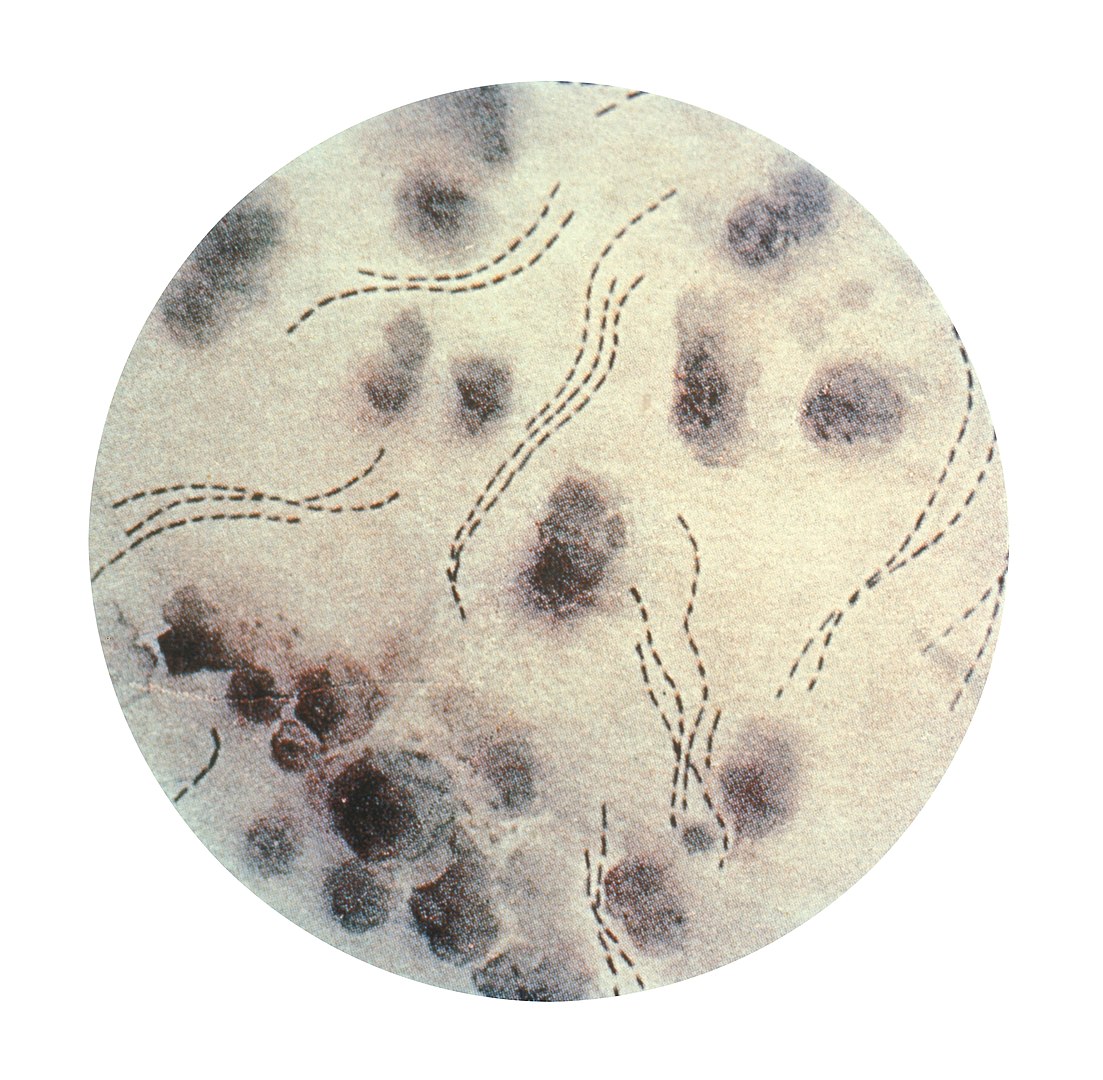Playlist
Show Playlist
Hide Playlist
Chancroid: Signs and Symptoms
-
Slides Chancroid InfectiousDiseases.pdf
-
Download Lecture Overview
00:01 So the clinical features of chancroid include genital ulcers. 00:05 Now these in contrast to syphilis - the chancres of syphilis - these are painful. 00:14 They are well circumscribed. 00:17 They’re non-indurated, whereas the chancres of syphilis are indurated. 00:25 They have a rounded, rather firm edge in syphilis. 00:30 And these are what we refer to as kind of dirty ulcers. 00:34 Their ulcer base is covered with necrotic material, whereas the lesions of syphilis are cleaner in appearance. 00:45 The lesions of chancroid also bleed easily, and there doesn’t seem to be much inflammation surrounding. 00:54 Inguinal lymphadenopathy is present in about 50 percent of individuals, and sometimes the lymph nodes that are involved are actually fluctuant, which means that when you press on them, there seems to be fluid in them. 01:12 Occasionally, these fluctuant lymph nodes will rupture pus out on to the surface. 01:19 Occasionally, it will present in an atypical fashion with multiple coalescent or even giant ulcers, or lymphadenitis without an active ulcer. 01:35 In other words, the patient has no recollection of any skin lesions on the penis, or multiple small ulcers that resemble more folliculitis than a sexually transmitted infection. 01:54 And there are non-sexually transmitted cases of chancroid, and these usually appear in the form of chronic skin ulcers that are typically on the legs. 02:08 I haven’t personally seen these, but they are reportedly frequent in children in the Solomon Islands and Papua New Guinea.
About the Lecture
The lecture Chancroid: Signs and Symptoms by John Fisher, MD is from the course Genital and Sexually Transmitted Infections.
Included Quiz Questions
Which of the following best describes a typical chancroid ulcer?
- Painful, well circumscribed, non-indurated ulcers with ragged edges
- Painful, well circumscribed, indurated ulcers with ragged edges
- Painful, well circumscribed, indurated ulcers with smooth edges
- Painless, well circumscribed, indurated ulcers with smooth edges
- Painless, well circumscribed, indurated ulcers with ragged edges
Which of the following best describes chancroid-associated lymphadenopathy?
- Inguinal lymphadenopathy with fluctuant buboes that may spontaneously rupture
- cervical lymphadenopathy with hard tender lymph nodes and superficial erythema
- Generalized tender lymphadenopathy
- Nontender unilateral inguinal lymphadenopathy that usually persists more than 3 months
- Lymphadenopathy is a rare finding in chancroid.
Customer reviews
5,0 of 5 stars
| 5 Stars |
|
5 |
| 4 Stars |
|
0 |
| 3 Stars |
|
0 |
| 2 Stars |
|
0 |
| 1 Star |
|
0 |






